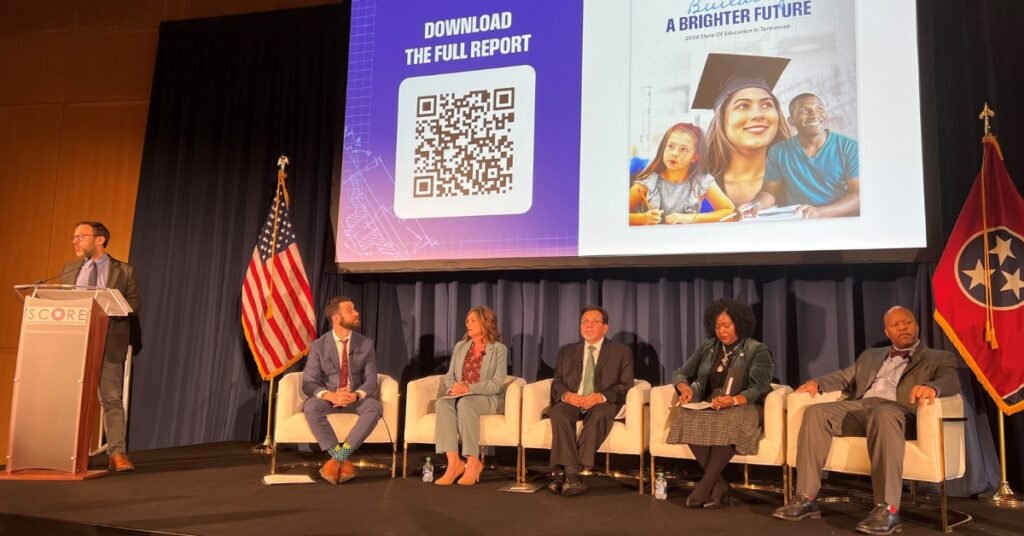India – Redefining primary healthcare, India looks to successful models like Iran and Alaska. Discover how doorstep delivery by community health workers can revolutionize health outcomes.
Table of Contents
The Traditional Approach and Its Flaws
Traditionally, health services have largely revolved around patients visiting clinics, hospitals, or specified health centers.
However, many avoid medical consultations unless they are gravely ill.
This trend is even more pronounced among the economically disadvantaged and rural citizens.
Consequently, minor and unnoticed diseases escalate into significant health issues over time.
Recent data highlights an alarming increase in untreated diabetes.
In states like Kerala and Tamil Nadu, where health systems are relatively better, the untreated diabetes percentage among men has surged from 6–7% in 2015-16 to 12-14% in 2019-21.
In regions like Thiruvananthapuram and Pathanamthitta in Kerala, it has surpassed 20%.
This could lead to a health catastrophe, including increased blindness, strokes, and amputations.
Moreover, in several northern states, despite numerous initiatives, anemia persists in over 60% of women and children.
In areas like the Jamui district of Bihar, Dakshin Dinajpur of West Bengal, and Chhota Udaipur district of Gujarat, the figures exceed 75%.
The repercussions include extreme fatigue, underweight issues, and impaired mental development in children.
Modern Medical Advancements: A New Hope
Fortunately, our evolved understanding of medicine now allows for diagnosing and treating many high-burden diseases, including anemia, hypertension, diabetes, and various infectious ailments, without relying solely on highly specialized physicians.
A well-informed health worker can effectively address most of these issues by following certain protocols and aided by telephonic consultations with a doctor.
However, many patients’ hesitance to accept and adhere to medical advice remains a significant hurdle.
Success Stories Abroad: Iran and Alaska
Over the past half-century, places like Iran and even the predominantly rural state of Alaska in the US have revolutionized primary healthcare delivery.
Both regions have ensured quality healthcare even in their remotest areas by entrusting community health workers with well-defined protocols and diagnostic tools.
In Iran, two-year trained health workers are deployed, while Alaska has a Community Health Aides (CHA) system that undergoes rigorous training and follows strict CHA protocols.
These health workers, focusing on a ‘denominator ‘-oriented approach—serving the entire community rather than just those who visit clinics—have been able to manage and control prevalent health conditions effectively.
India’s Pioneering Initiatives
Some organizations in India are embracing this successful model.
A notable initiative in Maharashtra‘s Satara district trained local health workers to assist their communities.
Through regular visits based on families’ health risk levels, they identified and managed significant health risks, reducing the risk levels for many within just four months.
The conventional doctor-plus-clinic model, essentially a downsized hospital, can no longer be the sole primary care model.
Effective primary healthcare now revolves around tech-savvy, well-trained health workers who liaise with physicians when required but predominantly manage primary healthcare autonomously.
The Way Forward for India
The real challenge is not just identifying the medical needs but ensuring the loop is closed with the individual receiving the necessary treatment.
India’s vast young population, even in tribal areas, is a potential goldmine for community health.
Organizations like Swasthya Swaraj in Kalahandi, Odisha, have demonstrated this by partnering with local universities.
Offering community health practitioner diplomas serves the community and provides these youngsters with employment opportunities and a pathway to further medical education.
Conclusion
In conclusion, leveraging community health workers for doorstep delivery of primary healthcare is a viable and highly beneficial approach.
It is a transformative solution that promises improved health outcomes and a brighter future.






